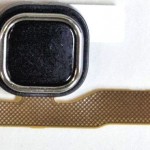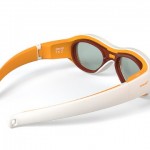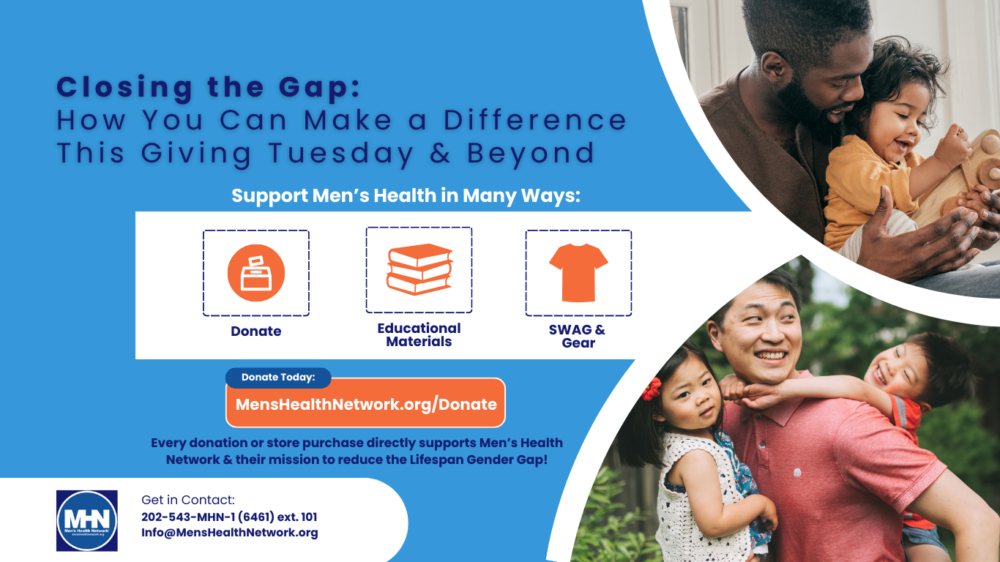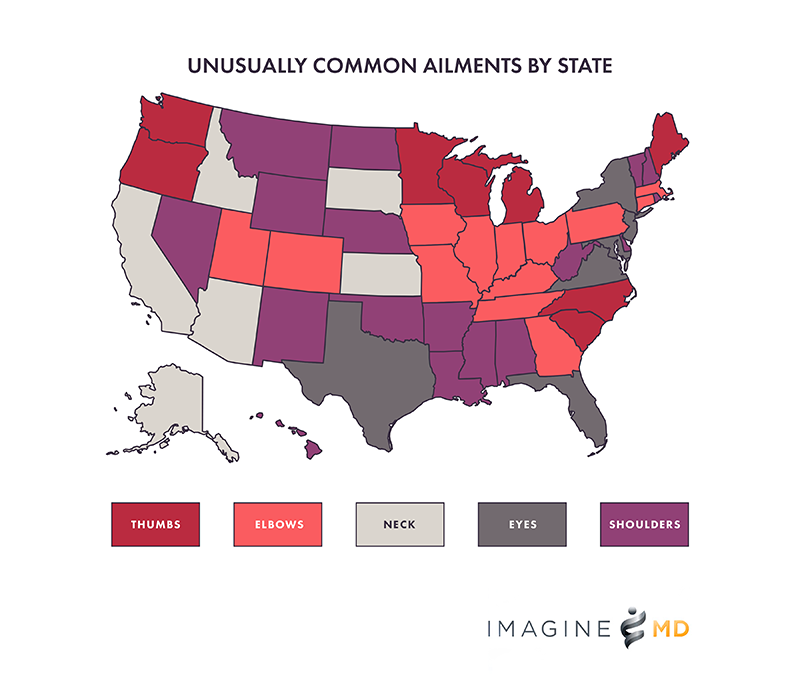In the first part of this article, we introduced five remarkable innovations for treating eye conditions. They included an implantable telescope for sufferers of macular degeneration, a glasses-worn computer that reads—and speaks—text for vision impaired or blind people. Here are the remaining five from the top ten list compiled by israel21c.org.
 Bionic lens. A prototype bionic contact lens developed by researchers from Tel Aviv and Bar-Ilan Universities “presses” images onto the eye to help the brain decipher what the wearer is looking at.
Bionic lens. A prototype bionic contact lens developed by researchers from Tel Aviv and Bar-Ilan Universities “presses” images onto the eye to help the brain decipher what the wearer is looking at.
Electrical signals are sent to the lens from a small transponder clipped to a pair of glasses or downloaded to a smartphone. The signals transmit an encoded image to the wearer’s cornea. Because the cornea has the highest density of touch sensors in the whole body, it can translate the image into a tactile sensation that can be interpreted visually. A beta version could be ready in two years. Amblyz for “lazy eye.” Based on a patent owned by Dr. Omri Ben Ezra, Amblyz treats childhood amblyopia, or “lazy eye,” via an automatic shutter that makes one lens intermittently transparent or opaque. It’s the first alternative to patching or blurring the strong eye in order to force the weaker eye to function and develop normally.
Amblyz for “lazy eye.” Based on a patent owned by Dr. Omri Ben Ezra, Amblyz treats childhood amblyopia, or “lazy eye,” via an automatic shutter that makes one lens intermittently transparent or opaque. It’s the first alternative to patching or blurring the strong eye in order to force the weaker eye to function and develop normally.- Retinal prosthesis. Recent advances in opto-genetics make it possible to restore light sensitivity to vision cells of people who suffer from retinitis pigmentosa, a degenerative genetic disease of the retina. However, reconnecting these restored cells to the brain is not yet possible. Professor Shy Shoham at the Technion-Israel Institute of Technology is developing a futuristic tool embedded in a prosthetic headset—somewhat like Google Glass—to bypass neural circuitry and directly stimulate restored vision cells with computer-driven holography. Commercialization is five to 10 years down the line.
- ExPRESS glaucoma shunt. For more than a decade, the ExPRESS miniature glaucoma shunt implant has revolutionized the way eye surgeons treat this blindness-causing condition resulting from fluid buildup. Glaucoma affects about 13 percent of people above age 60. Based on research by Dr. Michael Belkin of Tel Aviv University and Sheba Medical Center, ExPRESS has been used in more than 60,000 patients worldwide.
- Notal Vision ForeseeHome AMD Monitor. Tel Aviv-based Notal Vision makes the first FDA-cleared, teleconnected home-based system to monitor age-related macular degeneration (AMD) between eye exams, resulting in earlier detection of important visual changes in this common and serious condition. The system posts the patient’s current data on a secure website where the physician can review it at any time.



